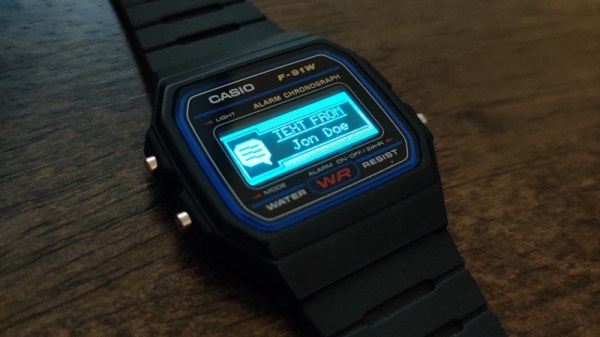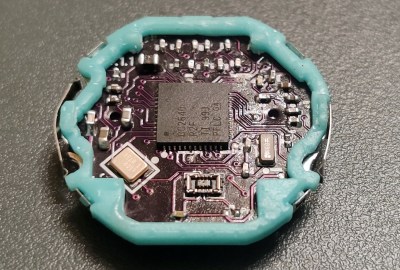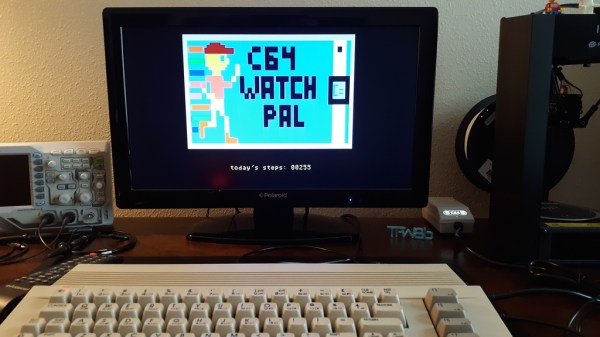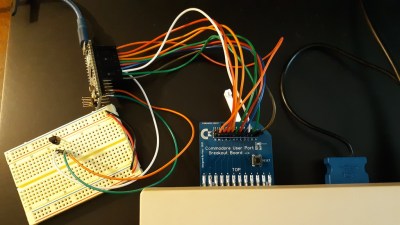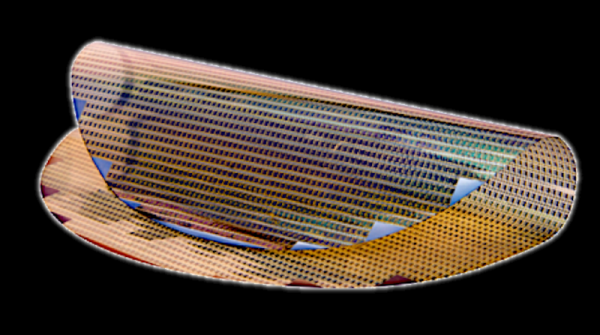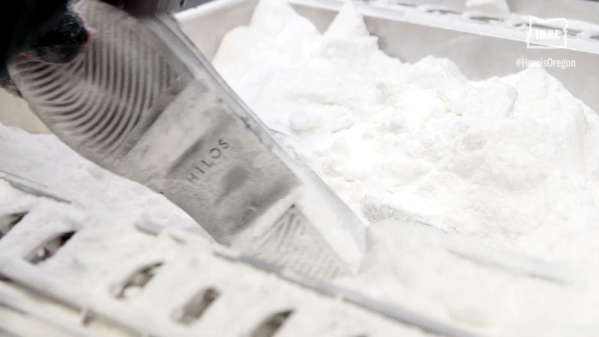They say that if you want something done right, you gotta do it yourself. Oftentimes, that goes double for getting something done at all. Whereas some people might simply lament the lack of a (stable) Thingiverse-type site for, say, jewelry designs, those people aren’t Hackaday’s own [Adam Zeloof]. With nowhere to share designs among engineering-oriented friends, [Adam] took the initiative and created OpenJewelry, a site for posting open-source jewelry and wearable art designs as well as knowledge about techniques, materials, and processes.
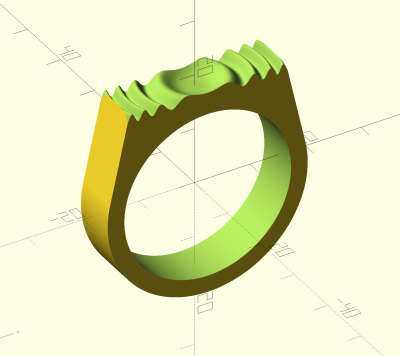 [Adam] has seeded the site with a handful of his own beautiful designs, which run the gamut from traditional silversmithing techniques to 3D printing to fancy PCBs with working blinkenlights. You really should check it out, and definitely consider contributing.
[Adam] has seeded the site with a handful of his own beautiful designs, which run the gamut from traditional silversmithing techniques to 3D printing to fancy PCBs with working blinkenlights. You really should check it out, and definitely consider contributing.
Even if you don’t have any jewelry designs to share, the code is open as well, or you could even edit the wiki. Just be sure to read through the contribution guidelines first. If you don’t have the time for any of that, donations are welcome as well to help maintain the site.
We love wearable art around here, especially when it serves another purpose like this UV-sensing talisman, or this air quality necklace.


